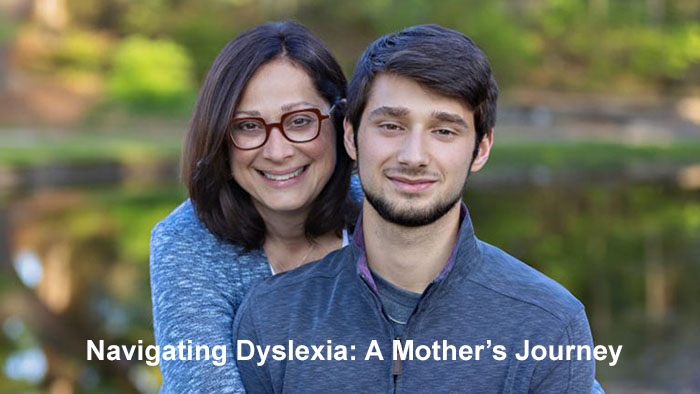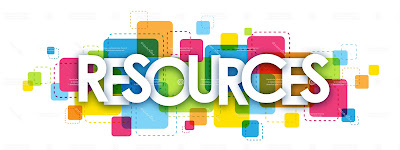Resources on Dyslexia to Get You Started
After Wilson’s diagnosis, I did what I always do: I tried to consume all of the information to be able to make intelligent decisions. Here are some of my favorites, in no particular order.
BOOKS
I read the book that everyone seems to start with Sally Shaywitz, “Overcoming Dyslexia.” Then I read “The Dyslexia Advantage” by Fernette Eide. I threw that one across the room because early on, I didn’t see Wilson’s learning differences as much of an advantage. Initially, I had no idea how much the interventions would help and what progress he would make.
“This is Dyslexia” is a great book by Kate Griggs, founder of Made by Dyslexia. The organization is promoting the positives of learning differences. Their social media always has good tips and interviews with famous dyslexics, like Sir Richard Branson, a major sponsor. They even worked with LinkedIn to get #dyslexicthinking a label on the site.
Made by Dyslexia
“The Dyslexia Empowerment Plan” by Ben Foss. I’m not sure how I learned about Ben, but I found him very inspirational. He had an organization for a while, Headstrong Nation, that seems to be inactive. The content is still good. The book really helped me see the strengths, in addition to the challenges of dyslexia. You can take a quiz and see what characteristics to highlight. It’s a personal plan.
I also read “Proust and the Squid” by Maryanne Wolf about the reading brain. It is a historical journey of how humans came to read. I found it super interesting.
I started following Wright’s Law and bought a couple of their books. "From Emotions to Advocacy" helped put things into perspective. It gave me good ideas about documentation. "All About Tests and Assessments" and "All About IEPs" are also good resources.
ORGANIZATIONS
Understood is one of my favorite sites. They have resources for every learning disability and guides on conversations with teachers, etc.
NoticeAbility is a “nonprofit organization dedicated to helping students with dyslexia identify their unique strengths and build self-esteem. We incorporate the neuroscience of dyslexia, the best practices of special education, and the power of EdTech to construct learning curricula and instructor training programs for global distribution.” The founder is doing interesting work around the globe.
Eye to Eye’s mission is to “improve the educational experience and outcomes of neurodiverse young people while engaging them and their allies in the movement for a more equitable and inclusive society.” I saw the founder, David Flink, speak at an event (more on that later) and was very impressed. He also has a good book on how to help your LD kids, “Thinking Differently.”
I mentioned Decoding Dyslexia MA in another blog. It is a grassroots movement driven by parents, educators, and professionals concerned with the limited access to research-based interventions for dyslexia. They provide a great list of resources, promote advocacy, and support legislation.
OTHER WEBSITES
I found the following websites helpful in the early exploration and even now:
NCLD - improve and empower - more advocacy
MOVIES
We took Wilson to see “Dislecksia: The Movie” at MIT. We thought he should learn more about his diagnosis. It was also helpful for his dad to learn a little more. It opened up many questions about how to best support Wilson. The site description is accurate: “It’s a light-hearted documentary with a serious purpose. It will give viewers a better understanding of the condition itself, the problems it makes for individuals and families, and the programs that are needed to deal with it. It will help dyslexics and their families get the assistance they need. It will give them hope – as well as a crash course in how to laugh at their own condition.”
Other movies and descriptions can be found here:
https://www.theliteracynest.com/2022/02/dyslexia-films-to-raise-awareness.html
New movies are regularly added to the list. Some of them focus on the reading approaches and discussions that are currently happening. They are not all about dyslexia but address other reading disabilities.
KID BOOKS
We tried to find different ways for Wilson to consume content when reading was hard - and he was toast in the evening after being at school all day.
The Storia app from Scholastic was so good. It was a beautiful app that read along with books. It highlighted text to help connect words and sounds. We read a lot of books that way. I was very sad when it turned into some other model.
We found Learning Ally a little later. It provides audio books and highlights text and other resources for students with dyslexia and other reading disabilities. I think we read books this way through middle school.
We tried the whisper synch with Amazon and Audible, but it never worked as well. We spent many nights listening to great books. Mark Hamill narrating the Spiderwick Chronicles was one of our favorites. We also listened to the Percy Jackson series, which features a main character who also has learning differences.
One summer, Wilson read “Fish in a Tree,” a book about a girl who learns she has dyslexia. It was another perspective for him on how others coped. Another good series is “Hank Zipzer” by Henry Winkler, another famous dyslexic.




Comments
Post a Comment